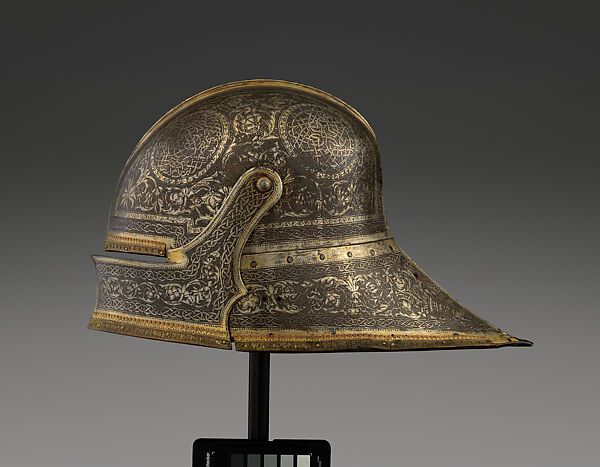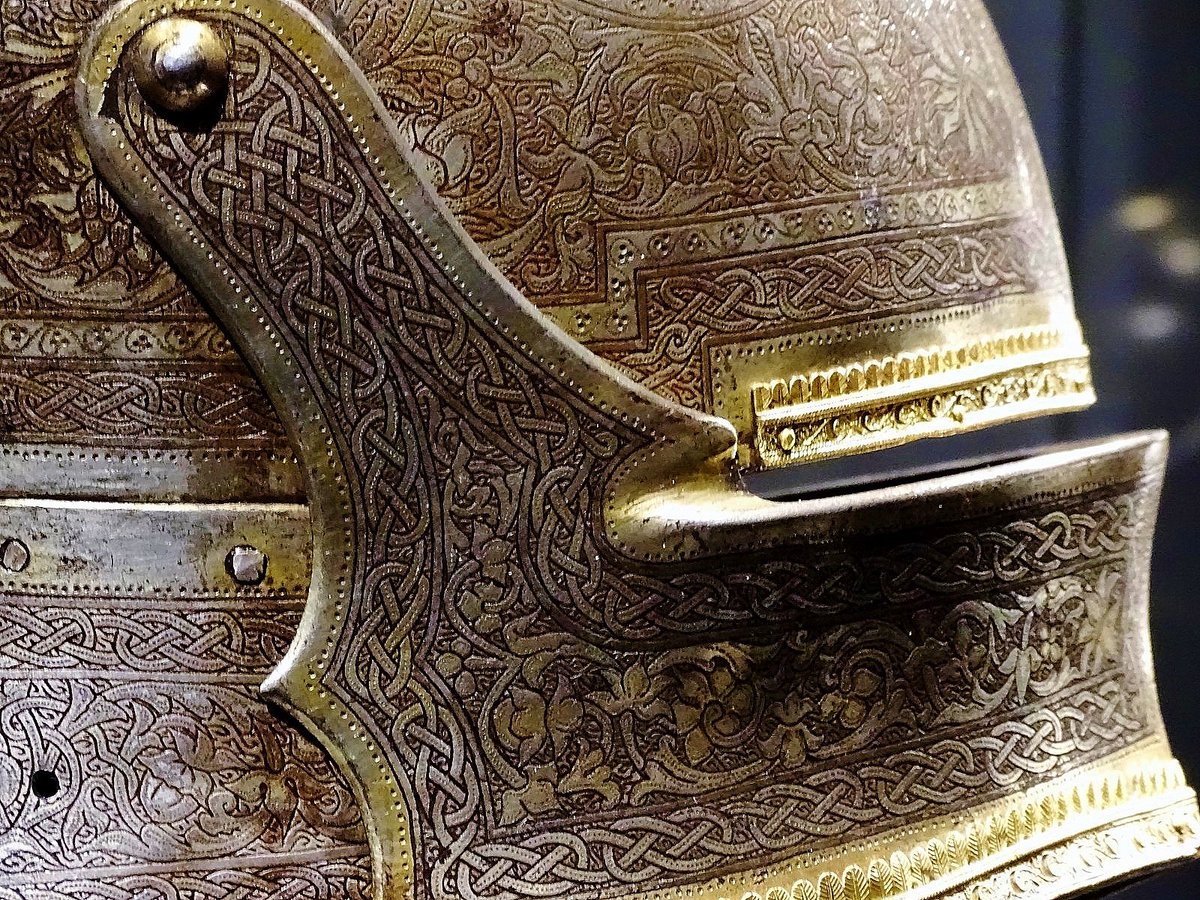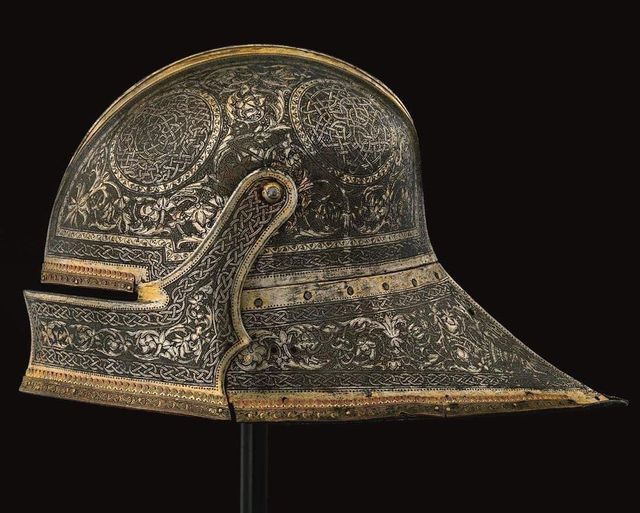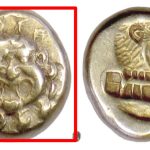Philip I’s Sallet by Negroni, 1496

In the annals of European armor craftsmanship, few pieces stand as exemplary as the sallet crafted for Philip I of Castile in 1496 by the renowned armorers of Milan, the Negroni family. This exquisite helmet not only embodies the pinnacle of late 15th-century Italian armor-making but also serves as a testament to the fusion of artistry and functionality characteristic of the Renaissance period.
Philip I, known as Philip the Handsome, ruler of the Burgundian Netherlands and titular Duke of Burgundy, commissioned this sallet during a time of political and cultural renaissance in Europe. The sallet itself, a type of helmet distinguished by its sloping design that protects the head and neck while providing excellent visibility, reflects the evolving needs of warfare and the technological advancements in armor production during the late Middle Ages.

Crafted meticulously from high-quality steel, the Negroni sallet for Philip I showcases intricate details and elegant lines that typify the Milanese style of armor-making. The helmet’s construction, designed to offer both protection and comfort, features a visor that can be raised for better vision or lowered for battle, demonstrating the practical considerations integrated into its design.

Artistically, the sallet of Philip I is adorned with delicate etchings and engravings, possibly influenced by contemporary artistic trends in Milan, a city renowned for its flourishing artistic and cultural scene. The smooth surfaces and polished finish of the helmet not only enhance its aesthetic appeal but also reflect the skillful craftsmanship and attention to detail for which the Negroni armorers were celebrated.

Today, this historic masterpiece stands as a prime example of the intersection between art and warcraft during the Renaissance era. Preserved in museum collections, the Negroni sallet of Philip I continues to captivate audiences with its blend of beauty and functionality, offering a glimpse into the martial culture and courtly splendor of late 15th-century Europe.
The legacy of the Negroni sallet extends beyond its physical form; it symbolizes the spirit of innovation and artistic excellence that defined the Renaissance, influencing subsequent generations of armorers and artists alike. As a relic of a bygone era, the sallet of Philip I serves as a reminder of the enduring allure of historical artifacts and their role in preserving the cultural heritage of civilizations past.











